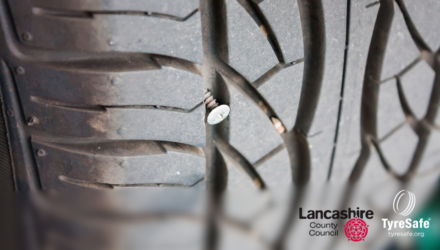
Too much
Intelligent Speed Limiter enables automatic adjustment of maximum vehicle speed to remain within legal limits; camera detects signs, system helps ensure limits are not exceeded
Breaking the speed limit can be costly in terms of fines, and driving bans, as well as playing a significant role in many road accidents.
As a result, Ford are now in the process launching a new technology that could help prevent drivers from exceeding speed limits no matter what country you’re driving in.
“Drivers are not always conscious of speeding and sometimes only becoming aware they were going too fast when they receive a fine in the mail or are pulled over by law enforcement,” said Stefan Kappes, active safety supervisor, Ford of Europe. “Intelligent Speed Limiter can remove one of the stresses of driving, helping ensure customers remain within the legal speed limit.”
Drivers activate Intelligent Speed Limiter via steering wheel controls to set a maximum vehicle speed. The system uses a windscreen-mounted camera to monitor road signs and when the speed limit is lower than that maximum set speed, ISL slows the vehicle as required. As the speed limit rises, the system allows the driver to accelerate up to the set speed, providing it does not exceed the new speed limit.
Effective at speeds of 20-120mph, Intelligent Speed Limiter ensures smooth deceleration by restricting the fuel supplied to the engine, rather than applying the brakes. Should travelling downhill cause the vehicle to exceed the specified speed an alarm is sounded.
“We’re not just developing cars at Ford, we’re also developing technologies to make driving more convenient, safer, and ultimately help improve mobility around the world,” said Pim van der Jagt, executive technical leader, Ford Research & Advanced Engineering. “Innovative systems like Intelligent Speed Limiter, Pre-Collision Assist with Pedestrian Detection, and Active Park Assist are making the benefits of semi-autonomous technology accessible to everyone.”
What are your thoughts on this? Is it a further attempt to mollycoddle the driver and take away driver independence via intrusive technology? Or another step in the right direction? Let us know in the comments below


















peter
( Thursday, March 26, 2015 - 13:34 )
A move on the right direction given the huge number of road signs which are often ill maintained and confusing.
Provided the driver can prove the system is switched on and working it may help defend against spurious fines and prosecutions.
Anthony
( Thursday, March 26, 2015 - 12:43 )
This probably goes further than necessary.
However I have wanted for years to have a simple system that can tell what the current speed limit is and give warnings (amber/red lights?). I know that most sat navs can be persuaded do this as a by-product, but something that is always on would be better.